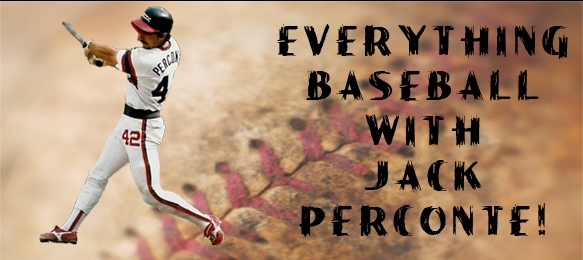One thing I always ask my baseball and softball students is “How many of you have a batting tee?” and the answer is usually encouraging with a number of hands being raised. I follow that up with “How many of you use your batting tee regularly? To which very few hands shoot up. I admire their honesty and cannot say that I blame kids for not using the tee much because they, nor most parents and coaches, know how and when to use their batting tees to get much benefit from them. For most ballplayers, hitting balls off the batting tee is usually a boring exercise with no positive feedback coming from the practice. If nothing else, I teach all how and when to use the batting tee so there is positive feedback that is not boring, at least not for the serious ballplayer.
One of the first things I tell ballplayers is to use their tee like a golfer uses the driving range – before games to get loose and to reinforce good habits and after games to make adjustments, based on any bad tendencies in recent games. Of course, when hitters are in a good hitting groove, there is no reason to work after games, as hitters do not want to swing their way out of a good groove.
Tips for Using a Batting Tee for Positive Feedback
1. Set a home plate down first and line yourself up, as in a game, before placing the tee down.
2. Good swing mechanics are confirmed with knee-high pitches.
A. Place the tee in the middle of home, at the knees and about six inches in front of the lead leg.
B. Consistent line drives up the middle are the goal on this centrally located tee location and hitters should not be satisfied until that is the result on at least 8 out of 10 batted balls. When hitting at close distances to a backstop, hitters should tie an object, as a glove, up on the backstop directly up the middle and waist high for better feedback on batted balls. Up the middle shots on this tee location means hips and hands are squaring up correctly in the desired manner. Groundballs the hitters’ pull side are definitely not the desired results on this pitch.
3. Once hitters can consistently hit line drives on low pitches, they are ready to move the tee to different pitch locations. The tee at chest level will help prevent a long looping swing and develops the desired compact swing. Inside pitches are worked on by putting the tee about two feet in front of hitters and on the inside corner and outside pitches on the outside corner and just about 3 inches in front of their body.
Few other points
1. Line drives, at least as high as contact level, are always the goal on all pitch locations. Having hitters concentrate on hitting the inside back of the ball are the best way to get those line drives.
2. Learning and performing various hitting drills on the tee are great for developing better swings and for avoiding “tee boredom.”
3. Adjustments – When hitting many groundballs – low tee locations should be worked on predominantly (see # 2 above). When hitting pop-ups or striking out often, chest high pitches should be practices more (see #3 above).
Finally, it bears repeating that players should line themselves up the same distance from the batting tee as they stand from home plate in a game, so that batters are working on realistic pitches. Most ballplayers do not stand the correct distance away from the batting tee or set the tee too far towards the catcher or pitcher, thus making the practice non-beneficial.











